Helicopters drop seeds to speed recovery of burned areas across Eastern Nevada
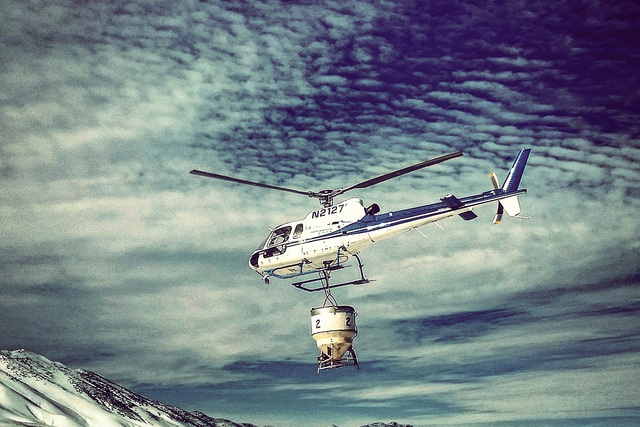
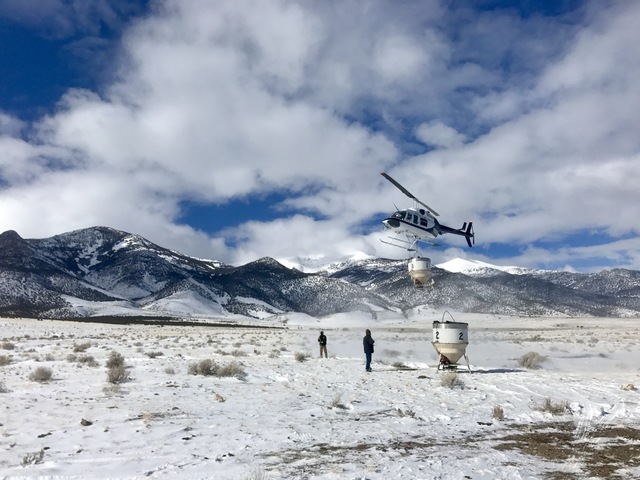
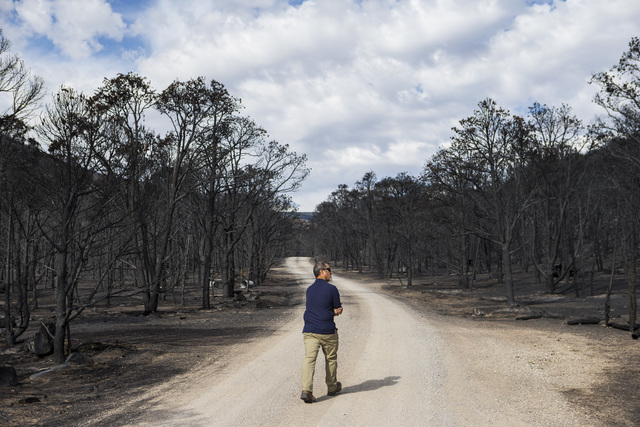
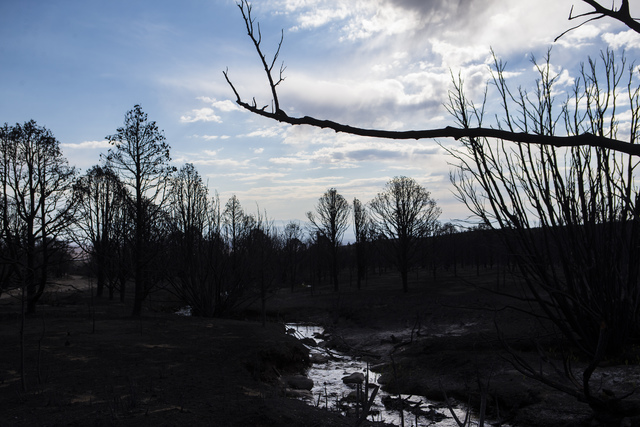
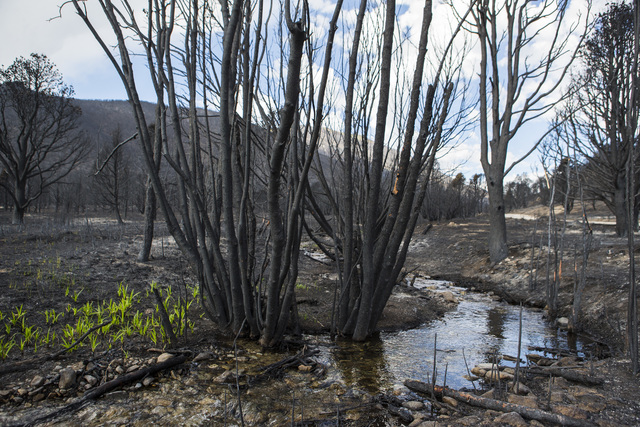
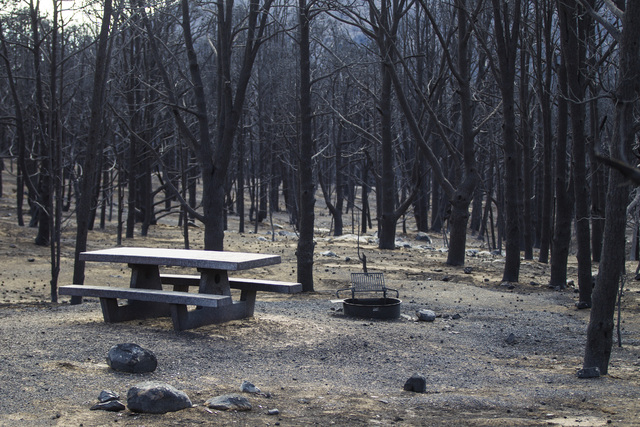

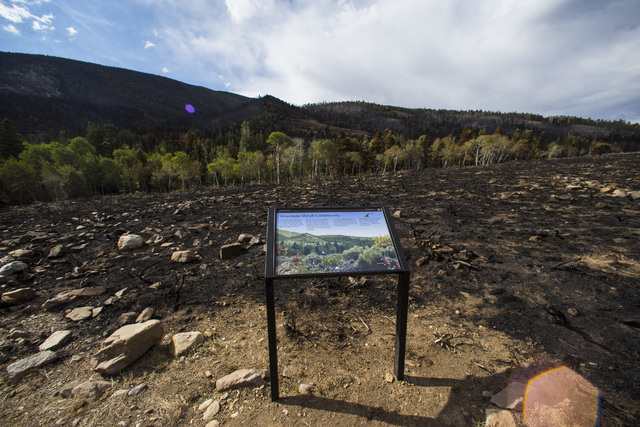
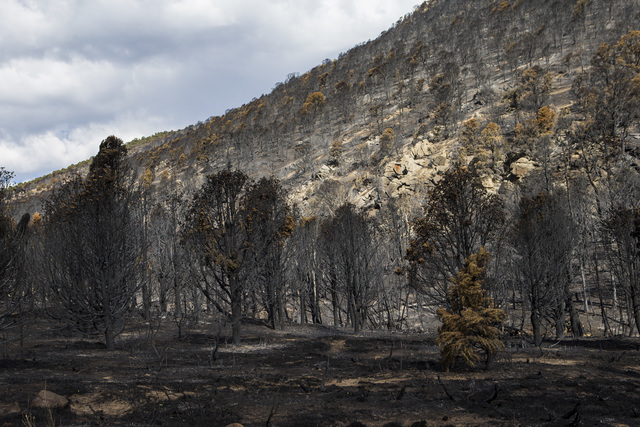
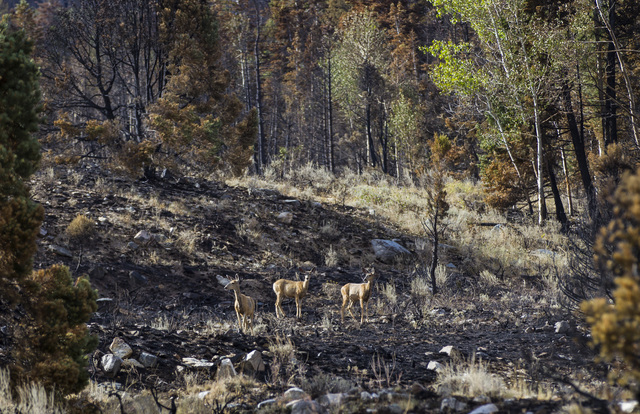
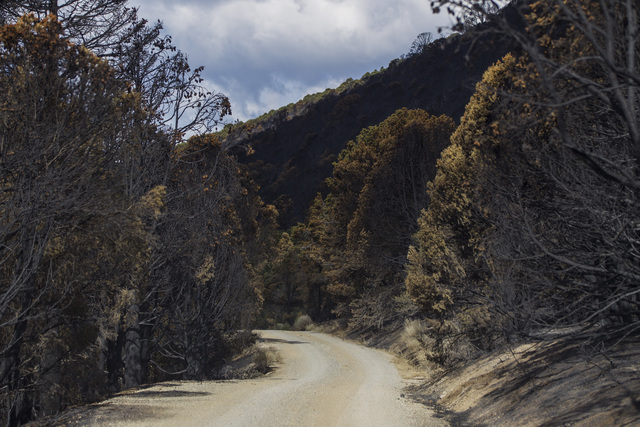
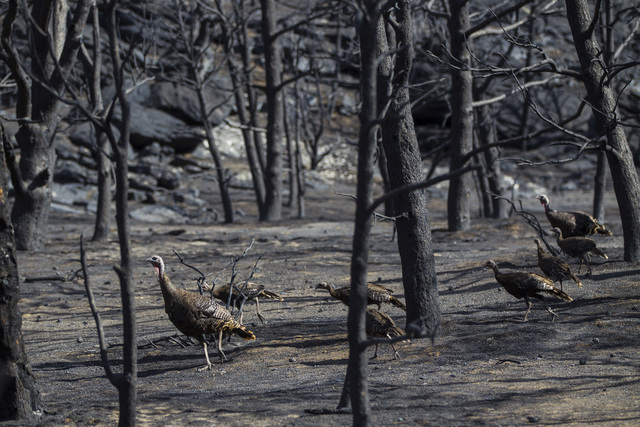
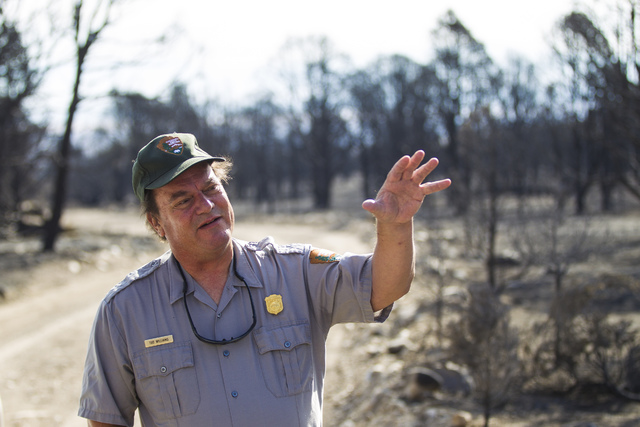
Parts of Eastern Nevada scorched by wildfires last year are getting a little help from above.
Starting this week, helicopters are dropping seeds from native plants on almost 12,000 acres of public land, including Strawberry Creek at Great Basin National Park.
The goal of the operation by the Bureau of Land Management and the Nevada Department of Wildlife is to spur plant recovery, curb erosion and slow the invasion of non-native grasses in habitat used by greater sage grouse and other sensitive species.
According to the BLM, the aerial seeding is expected to take two to four weeks to complete.
“We’ll apply a mixture of grasses, forbs, shrubs and legumes to stabilize soils and compete with non-native and invasive plant species, such as cheatgrass,” Chris McVicars, the bureau’s Ely District natural resource specialist, said in a statement.
Nevada bluegrass, wild rye, sagebrush and other seeds will be dropped on roughly 1,450 of the more than 4,600 acres of National Park Service and BLM lands scorched by the lightning-sparked Strawberry Fire in August. The blaze at the national park 300 miles northeast of Las Vegas burned for almost two weeks and claimed the life of Justin Beebe, a 26-year-old U.S. Forest Service firefighter from Montana. 
The seeds will be dropped on the snow now blanketing the burned area in hopes the plants will sprout in the spring and limit flooding from further damaging the burn area, said Tod Williams, resource manager for the park. “Once you start getting that ground cover back in, it helps stabilize the soil.”
Seeds also are being dropped on nearly all of the 7,695 acres burned in August’s Overland Fire, at the northern edge of White Pine County, and on 1,250 of the more than 1,900 acres burned in July’s Pinto Fire southeast of Eureka in central Nevada.
Another 1,500 acres will be seeded in the Schell Creek Range, east of Ely, which suffered multiple fires in the 1980s.
Officials have called the Strawberry Fire the most destructive blaze in the 30-year history of Great Basin National Park.
Once the flames were out, Williams and others warned that huge floods could wash down the burned area and “blow out” the creek, damaging the watershed for years or even decades.
They’ve had good luck with the weather. Williams said the park was hit by 60 mph winds, but that might have helped the recovery effort by knocking down some burned trees in the area.
Strawberry Creek is blanketed with snow that should protect the ground and help the new seeds grow when it melts in spring, Williams said.
He is applying for grant money to pay for two or three more seed treatments along and above the creek.
The science of dropping seeds from helicopters has come a long way in recent years, but “one aerial seeding probably won’t be that effective,” Williams said.
Contact Henry Brean at hbrean@reviewjournal.com or 702-383-0350. Follow @RefriedBrean on Twitter.












